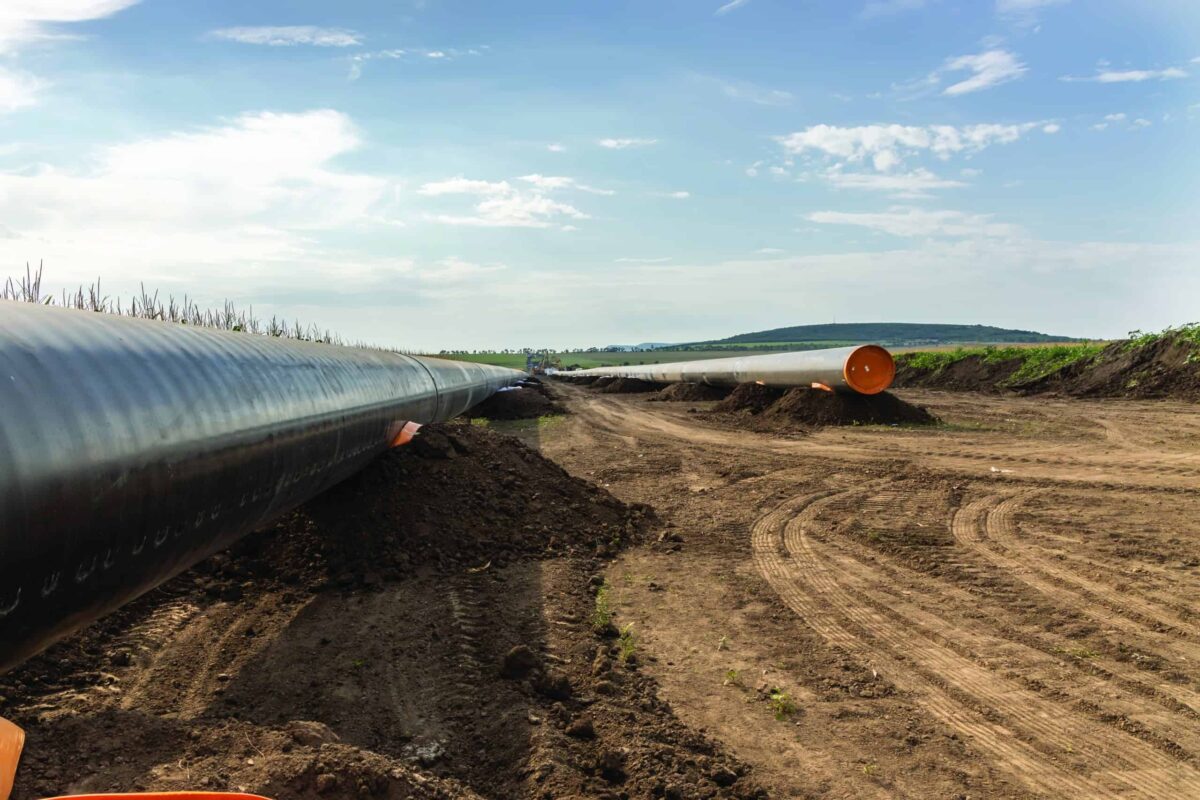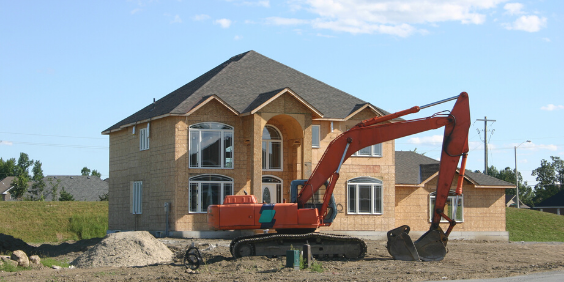Who is responsible? Long-term liability for carbon storage projects

Authors: Randy Brunet, K.C., Nicole Graham
This article appears in our Energy Playbook: 2023 Year in Review. Download the free e-book.
A crucial element to the regulatory landscape for CO2 storage sites across Western Canada is the approach each jurisdiction has taken with respect to liability for sites upon project completion.
Potential participants in a carbon storage project may be leery of taking on the perpetual liability for a carbon storage site, just as they would be leery of purchasing any type of contaminated site that carries perpetual liabilities. To facilitate the development of the industry, the Government of Alberta has taken a unique approach where following the issuance of a closure certificate, the Crown assumes long-term liability for the CO2, the site and well that make up the carbon capture and storage (CCS) project, backed by an indemnity. In contrast, British Columbia, Saskatchewan and Manitoba have no or limited comparable mechanisms and instead liability remains with proponents in the same manner as is present with other oil and gas projects.
Alberta
The Government of Alberta assumes long-term liability and obligations relating to the wells, facilities or sequestered CO2 for CCS projects following the issuance of a closure certificate.36 The Crown further provides an indemnity for the owner, licensee, person responsible and operator of the site, for damages in a tort action by another person. Closure certificates are issued by the Alberta Energy Regulator following the completion of certain monitoring, abandonment, reclamation and closure activities, upon satisfying the regulator of the operator’s plans for post-closing management and monitoring.
Alberta has created a Post-Closure Stewardship Fund (the Fund) to support its assumption of long-term liability. CCS operators are required to pay into the Fund, with funding to be used for costs incurred by public bodies or the Crown related to CO2 sequestration in the province. The Fund is administered by the MOE which can use it for the following purposes:
- To monitor the behaviour of captured CO2 that has been injected into the well.
- To fulfil any obligations assumed when liability is transferred to the Crown following issuance of a closure certificate.
- To pay suspension costs, abandonment costs and related reclamation or remediation costs for orphan facilities when such work is being performed by the Regulator, a person the Regulator authorizes, or by a director or person authorized by a director in accordance with the Environmental Protection and Enhancement Act (Alberta).
- To pay costs incurred in pursuing reimbursement from the lessee responsible for costs in the case of abandonment or suspension.
- Other purposes that may be set by regulation.
British Columbia
In B.C, there is no CCS project-specific assumption of long-term liability. Site operators pay into the Orphan Site Reclamation Fund that is part of the broader oil and gas framework. Funds can be used to clean up a site if the operator goes bankrupt or cannot be located – however, the operator remains liable.
Saskatchewan
Unlike Alberta, Saskatchewan does not have a mechanism for shifting liability from proponents to the government or a corresponding fund specific to such liability. A project operator is required to pay into the Oil and Gas Orphan Fund, which is used when wells or facilities are abandoned. Remediation costs cannot be recovered from the operator or other working group participant. However, the operator or other working group participant remains liable.
Manitoba
The holder of a licence or permit for an abandoned well or facility is liable for the costs of any repair or rehabilitation required within six years of the issuance of a Certificate of Abandonment. There are uncertainties about the scope of this provision and whether the six-year limitation applies to claims by the government or by third parties. There is no equivalent to Alberta’s indemnity provisions. Permit and licence holders pay into an Abandonment Fund which government can use to rehabilitate a site that has been abandoned.
In summary, there are different approaches to long-term liability for CO2 storage sites across Western Canada. Alberta has a unique model of transferring liability to the Crown and creating a fund to support it, while the other three provinces have more limited mechanisms in place.
Note: This article is of a general nature only and is not exhaustive of all possible legal rights or remedies. In addition, laws may change over time and should be interpreted only in the context of particular circumstances such that these materials are not intended to be relied upon or taken as legal advice or opinion. Readers should consult a legal professional for specific advice in any particular situation.




